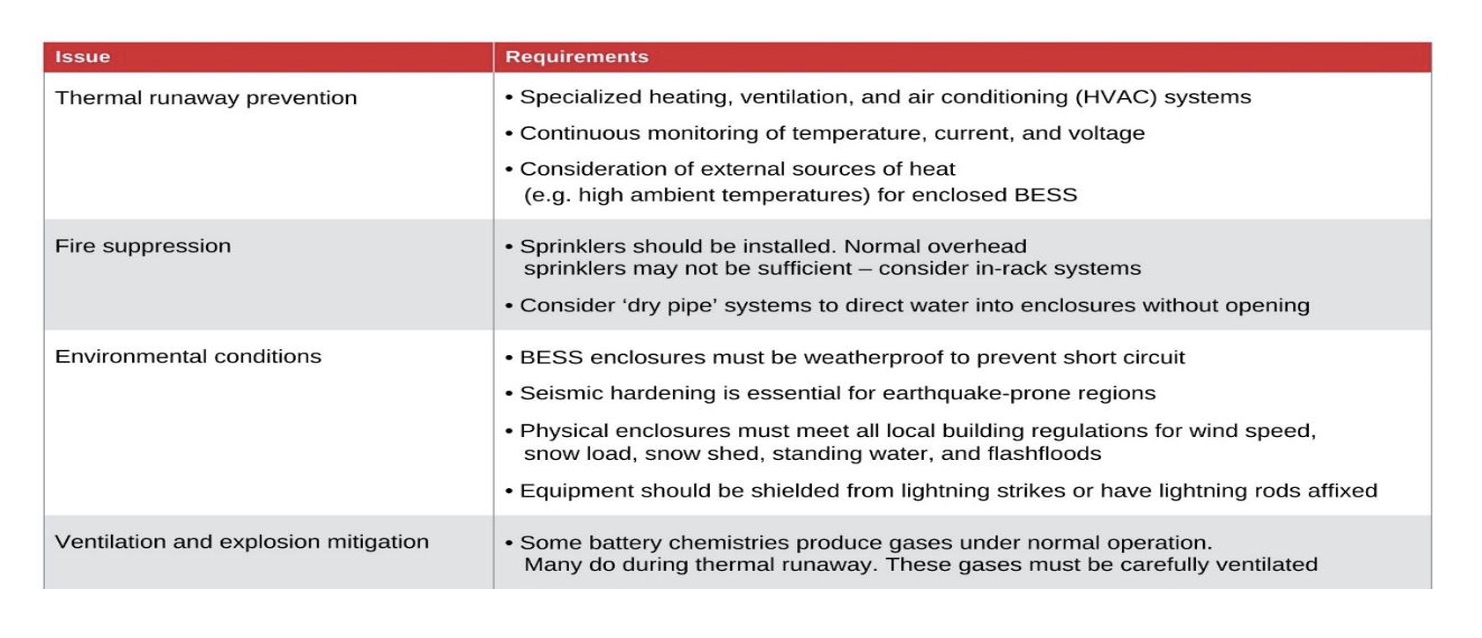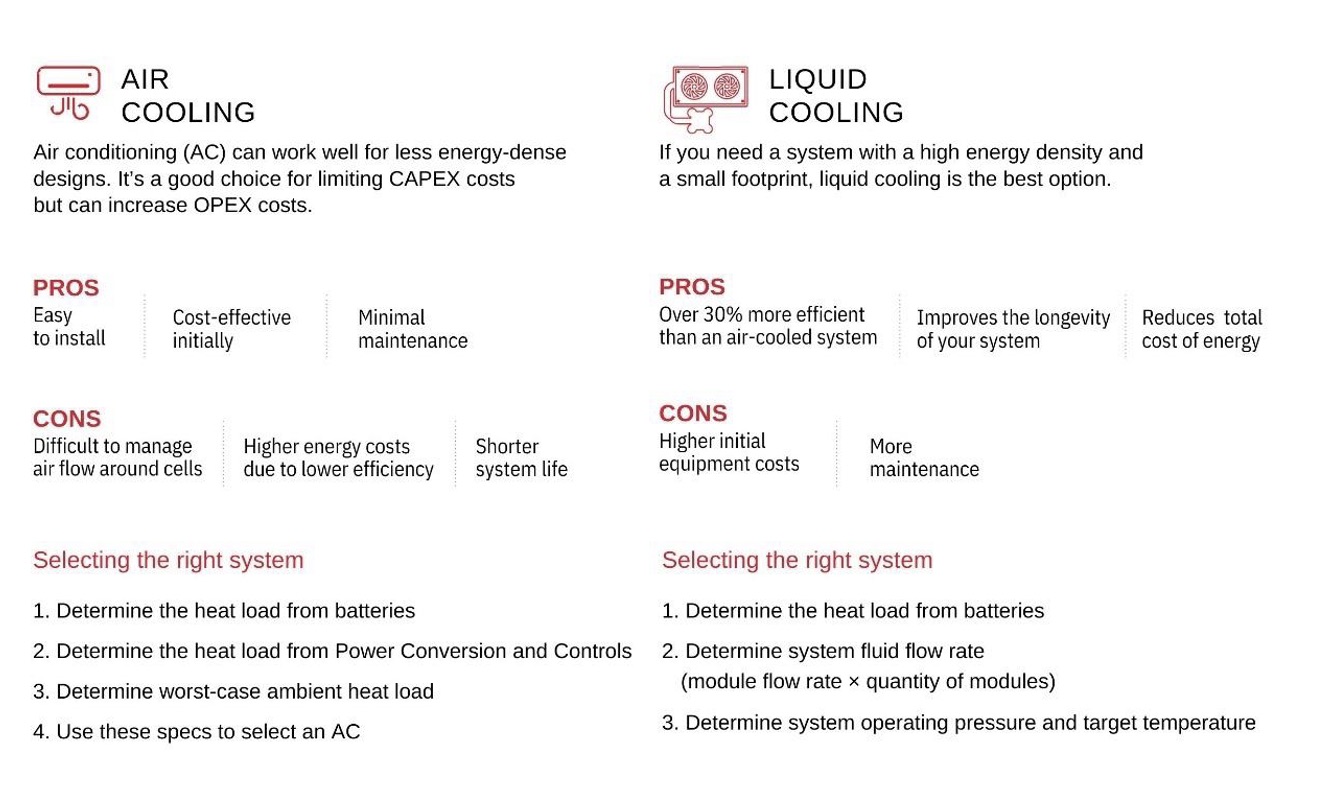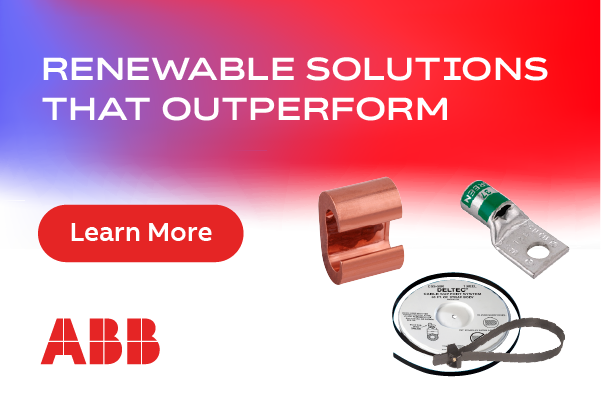The Next Leap in BESS Manufacturing: Overcoming 3 major design challenges to accelerate production and boost safety
Significant advancements in battery technology—including lithium-ion, solid-state, and other emerging technologies have occurred in recent years as was recently acknowledged by institutions such as the International Energy Agency and BloombergNEF([1],[2]). With the race to net-zero, these advancements are setting the stage for even more rapid innovation. However, as with any technological leap, accelerated development comes with its own set of practical challenges.
BESS (Battery Energy Storage Systems) manufacturers are confronted with a unique set of requirements. At the heart of these challenges is the need to design high-performance systems that are adaptable to future technological upgrades. These designs must also navigate evolving regulatory, supply-chain, and safety concerns — while regulators continue to update standards to ensure community safety.
In this article, we’ll explore three key challenges BESS manufacturers will face as innovation accelerates. For each, we’ll discuss practical strategies for success and offer actionable tips to help speed up the process.
CHALLENGE #1: Confidently increasing energy density
When lithium-ion batteries first hit the market, they offered an energy density of just 80 Wh/kg. Since then, significant progress has been made. Lithium Iron Phosphate (LFP) cells in BESS installations now deliver between 150 and 200 Wh/kg, and in 2023, researchers developed a pouch-type lithium battery with an impressive energy density of 700 Wh/kg.([3]).
However, increasing energy density presents critical challenges in thermal management and safety. As energy density rises, so does the risk of thermal runaway, which can lead to fires or explosions. Higher densities also result in heavier systems, complicating safe transportation and installation. As a result, battery designers must integrate advanced cooling systems and ensure proper ventilation to prevent heat buildup.
Safety for energy-dense BESS
To achieve net-zero, BESS must be able to operate in almost any environment, including residential areas, where local communities often have concerns about fire hazards and safety risks. The goal is to deploy BESS in these areas safely while complying with regulations—even when the systems are heavy and challenging to transport.
Regulatory issues that arise late in the design process can cause significant delays. Local authorities are often unfamiliar with BESS technology, which can lead to pushback. That’s why safety regulations should guide design decisions from the outset.
Navigating the regulatory landscape
Regulations do not have to hinder your storage system design; in fact, they can provide valuable guidance for shaping your project. The primary safety standard to consider is UL9540A([4]), known as the "Test Method for Evaluating Thermal Runaway Fire Propagation in Battery Energy Storage Systems."
It’s important to integrate UL9540A standards early in the design process because the results of this testing are often used for other key certifications. For example, the National Fire Protection Association's NFPA 855([5]) and the IEC 62933([6]) for grid-integrated energy storage systems (EES). Below is a quick overview of best practices for safety, drawn from important safety codes.

Ensuring the safe operation of a BESS is crucial, but so is the safety of the installation process. Many BESS installations weigh tens of thousands of kilograms, and this weight will continue to rise as energy density increases. This creates a need to design safer methods for transportation. For instance, enclosures can be designed to accommodate forklift, rope, or crane handling, making the transportation process more efficient and secure.
Shaping a safer system
A BESS housing manufacturer can help meet various safety requirements, including those typically handled by mechanical designers. For example, in addition to optimizing the interior design of the racks where batteries are stored, your chosen BESS enclosure vendor should provide mounting provisions for fire suppression systems, gas evacuation, deflagration panels, and dry pipe connections to protect assets, maintenance personnel, and the environment where your BESS will be installed. Furthermore, having in-house expertise and capabilities for battery cooling solutions not only enhances overall BESS safety but also reduces production lead times.
Getting to market faster
For faster development, cooling system design should always run in parallel with BESS development. In our experience, design simulators and modeling software are used to analyze the thermal behavior of the proposed BESS before producing the first physical enclosure prototype. This approach provides engineering flexibility when optimizing the configuration that will ultimately house all BESS components, prior to physical testing and validation. Balancing rigorous testing with fast turnaround is crucial. To support this, make sure to establish KPIs that ensure a "less than 5 percent tolerance" between the initial prototype design and the final model delivery.
Robust thermal management
Another important element not to overlook in the design of BESS solutions is thermal management. As per Arrhenius Law[7], also known as temperature acceleration factor, every time the temperature rises by 10 degrees Celsius (18°F), an electronic device’s lifespan reduces by 50 percent. Without the proper cooling system, batteries are at risk of thermal runaway. The excessive heat also reduces performance, affecting all system components. This can be controlled using air or liquid cooling.
Air or Liquid? Choosing the right cooling system
To maximize energy density and maintain temperature targets, some battery modules now use liquid cooling, which also enables faster charge and discharge rates. However, air cooling can still be effective for some battery modules with good energy density. Let’s explore the advantages and drawbacks of each cooling system, and how to calculate the right ones for individual needs.

CHALLENGE #2: Supporting longer, more reliable lifecycles
Withstanding tough environments
BESS systems are increasingly deployed in harsh environments, as extreme weather events become more frequent due to climate change. Fortunately, there are practical solutions to improve resilience. For example, liquid cooling can extend the lifespan of your BESS. Here are other ways to protect your system.
What’s the simplest way to withstand tough conditions? Partnering with a provider that offers a range of pre-tested components. Enclosure and cabinet solutions should be designed for demanding environments. Ensure that your enclosure provider is able to conduct all the necessary tests on their components.

How simulation can predict & protect
Virtual testing is an increasingly important part of engineering design, and it can also help protect your BESS. Thermal simulations are used to address key design challenges. They start by defining parameters, such as the amount of heat generated by the batteries and the exact footprint of the cells. From there, heat flow is simulated and the best cooling system determined before the prototype enclosure is built—saving time and reducing iterations.
Collaborating early to reduce workload
Engaging with a proven BESS enclosure partner early in the design process makes sense, especially when the system architecture is still evolving. Can the enclosure meet specific design requirements? Could it help adjust other specifications in the system? Early collaboration can alleviate pressure on engineering teams and streamline the development process.
Battery management systems (BMS) and predictive maintenance
A future-ready BMS is critical to avoid downtime. The right BMS doesn’t just capture the vast amounts of data generated by your system; it also uses this data to improve uptime and mitigate accelerated degradation. By connecting to devices with reporting and predictive maintenance capabilities, the BMS can identify potential failures before they happen. In some cases, it can even flag maintenance issues that need attention before a failure occurs, improving system reliability.
Using machine learning to enhance system uptime
When a BMS integrates with components that use machine learning, system insights improve even further. The BMS can learn how the BESS reacts to extreme conditions, identify potential damage causes, and find ways to prevent them. For example, if a large discharge event is anticipated, the BMS can pre-cool the system to protect the batteries from heat damage. Your experienced enclosure partner can help integrate chillers, air conditioners, and sensors to monitor and control the system, making it smarter without adding extra design complexity.
Different battery chemistries offer varying levels of durability. Lithium iron phosphate (LFP) is expected to dominate by 2030, but lower-cost chemistries like sodium-ion will also play a significant role([8]). As BESS manufacturers work to reduce the cost of renewable energy, mechanical teams must be prepared to adapt quickly as new technologies emerge. Whether it’s testing or thermal management, changes will need to be made. One way to speed up adaptation is by using modified standard parts. For example, if the chemistry changes, enclosures and hardware will need to be updated. However, leveraging a base of standard components can significantly reduce time to market.
Of course, some cell chemistries offer better durability than others. For this reason, lithium iron phosphate (LFP) is likely to be the dominant battery chemistry in the future. Nonetheless, cheaper chemistries like sodium ion will play a big role too. After all, BESS manufacturers who manage to slash the cost of renewable energy will play a key role in the net-zero transition. If R&D teams move in a new direction, mechanical teams will need to adapt fast. Everything from testing to thermal management will need to change. One way to move faster is with modified standard parts. For example, hardware will need to change when chemistry changes. This means enclosures need to change too. But if you can adapt from a base of standard components, this will mean a much faster time to market.
CHALLENGE #3: Streamlining design & installation
By 2030 latest, the world’s BESS capacity is set to increase tenfold from 2022 levels([9]). To meet this target, cost-efficient systems are essential—systems that maximize capacity within a smaller footprint. Achieving cost reduction isn't solely about chemistry advancements or groundbreaking innovations. In fact, there are practical ways to save money immediately. For instance, streamlining processes like installation can save time, reduce space requirements, and allow for smarter delegation to simplify key tasks.
Refocusing on what matters most
Battery system designers should concentrate on their core responsibilities. When battery system architecture is the primary focus, innovation becomes more straightforward. Meanwhile, an expert partner can perfect the mechanical design of cabinets, cases, components, and subracks. Ideally, this partner will also handle control systems and cooling infrastructure, allowing you to avoid juggling multiple stakeholders and accelerate system integration.
A value-add partner should provide support across three critical areas of system design. The table below outlines these key elements.

In conclusion, the rapid growth of the BESS market requires not only innovation but also careful attention to regulatory, safety, and design challenges, including the selection of the right BESS enclosure partner. By addressing key issues like energy density, safety, and weight early in the design process, the right housing provider can streamline development, ensuring faster delivery of reliable, high-performance BESS systems to market.
 Buket Mansuroglu serves as the Vertical Growth Leader for Energy Storage & Renewables at nVent. With a career spanning over twenty years, Buket has held a variety of product and vertical market leadership roles. Her passion for sustainability and extensive technical knowledge of nVent’s products have positioned her as a strategic leader, dedicated to guiding customers towards a more sustainable and connected future. nVent designs, manufactures, markets, installs, and services high performance products and solutions for mission-critical equipment, buildings, and essential processes.
Buket Mansuroglu serves as the Vertical Growth Leader for Energy Storage & Renewables at nVent. With a career spanning over twenty years, Buket has held a variety of product and vertical market leadership roles. Her passion for sustainability and extensive technical knowledge of nVent’s products have positioned her as a strategic leader, dedicated to guiding customers towards a more sustainable and connected future. nVent designs, manufactures, markets, installs, and services high performance products and solutions for mission-critical equipment, buildings, and essential processes.
nVent | www.nvent.com
[1] International Energy Agency. (2023). Global EV Outlook 2023: Accelerating the transition to clean energy. International Energy Agency. https://www.iea.org/reports/global-ev-outlook-2023
[2] BloombergNEF. (2023). Battery manufacturing and the energy transition. Bloomberg New Energy Finance. https://about.bnef.com/
[3] Li, Quan, et al. "A 700 W⋅h⋅kg−1 Rechargeable Pouch-Type Lithium Battery." Chinese Physics Letters, vol. 40, no. 4, 2023, p. 048201, https://doi.org/10.1088/0256-307X/40/4/048201.
[4] Underwriters Laboratories Inc. (2020). UL 9540A: Test method for evaluating thermal runaway fire propagation in battery energy storage systems. Underwriters Laboratories Inc. https://www.ul.com
[5] National Fire Protection Association. (2020). NFPA 855: Standard for the installation of energy storage systems. National Fire Protection Association. https://www.nfpa.org
[6] International Electrotechnical Commission. (2017). IEC 62933: Energy storage systems connected to the electricity grid. International Electrotechnical Commission. https://www.iec.ch
[7] Source: Modarres, M. (2016). "Reliability Engineering and Risk Analysis: A Practical Guide." CRC Press.
[8] Zhao, Y., Chen, Z., & Zhang, L. (2021). Advances in lithium-ion battery technologies and their market trends. Journal of Power Sources, 482, 229199. https://doi.org/10.1016/j.jpowsour.2020.229199
[9] Wood Mackenzie. (2022). Global energy storage market to grow tenfold by 2030, driven by battery energy storage systems. Wood Mackenzie Report.
Author: Buket Mansuroglu









